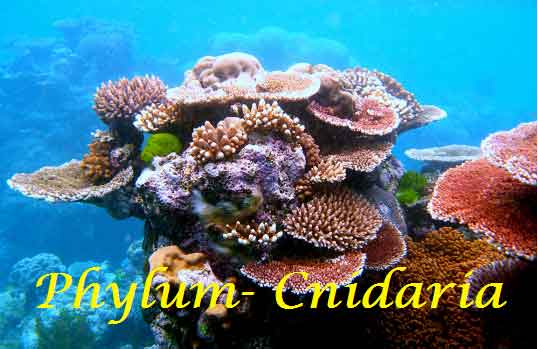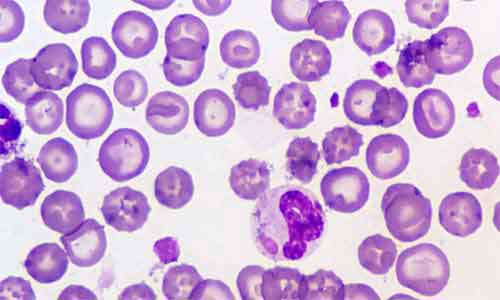Fish Fins: Types, Modification and Functions
Fins are one of the most distinguishing features of a fish and they have several different forms. Two types of fins are found in most of the fish: median and paired fins. Median fins are single in number which runs down the mid-line of the body. In fishes, median fins are dorsal, caudal and anal … Read more






